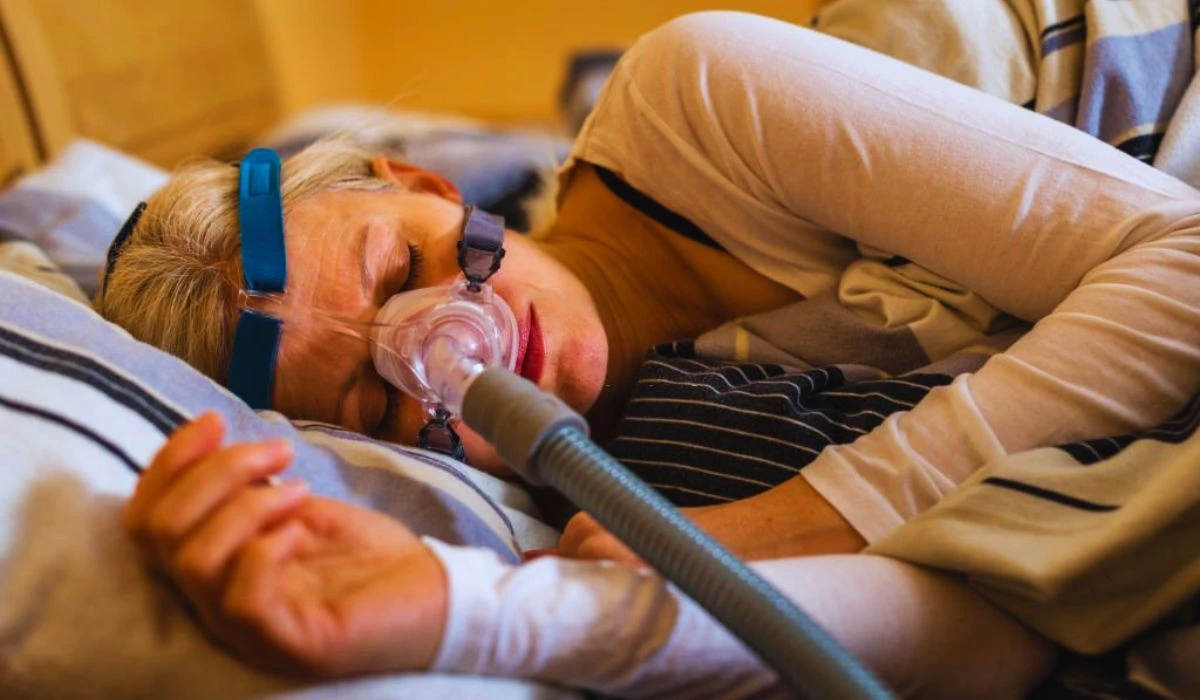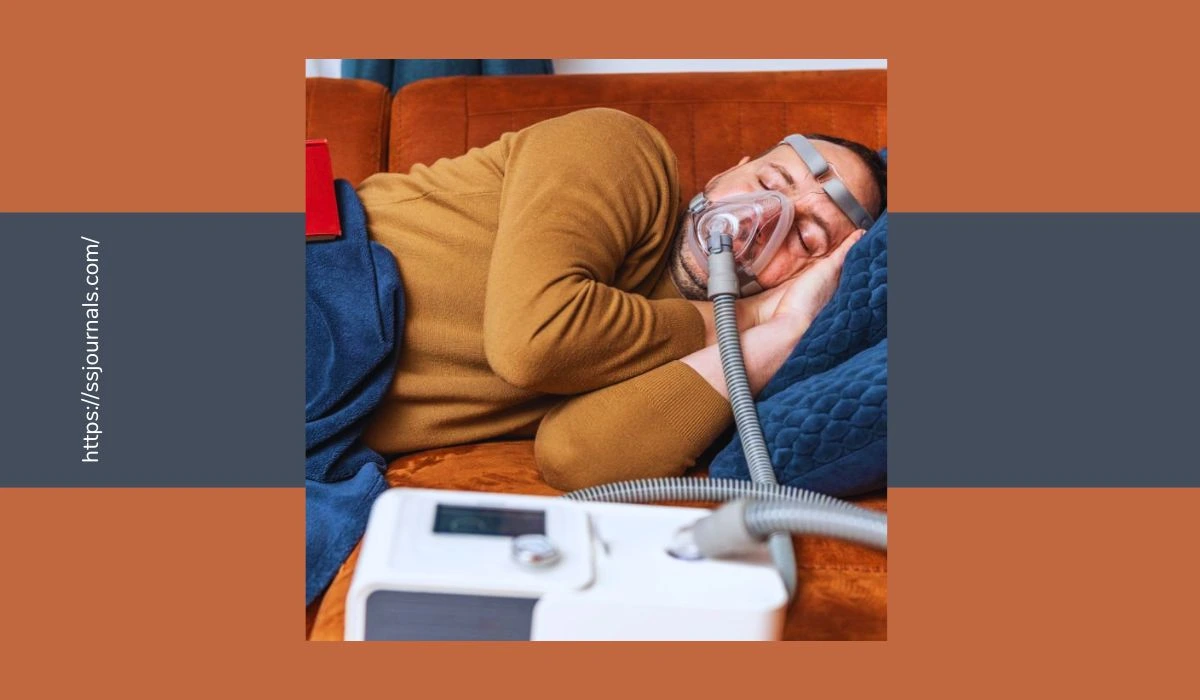Obstructive sleep apnea (OSA) is a common sleep disorder characterized by repeated pauses in breathing during sleep. These pauses, called apneas, occur when the muscles in the back of the throat relax, causing the airway to narrow or close completely.
This prevents air from reaching the lungs, leading to lowered oxygen levels and disrupted sleep. OSA is a serious condition that can significantly impact health and quality of life if left untreated.
Understanding the symptoms of OSA is key to getting diagnosed and seeking proper treatment. This article will provide an overview of obstructive sleep apnea, its main symptoms, causes, and treatment options.
What Is Obstructive Sleep Apnea? What Are The Symptoms?

Obstructive sleep apnea involves the airway becoming blocked during sleep, preventing normal breathing. The most telltale sign of OSA is loud snoring, especially when accompanied by gasping or choking sounds as breathing resumes after an apneic episode. Other common symptoms include:
- Excessive daytime sleepiness – This is often the first complaint of OSA sufferers. They may struggle to stay awake during the day or fall asleep unintentionally.
- Morning headaches – Headaches upon waking up can signal nighttime oxygen deprivation.
- Restless or interrupted sleep – People with sleep apnea often toss and turn throughout the night as they struggle to breathe. Their sleep is light and easily disturbed.
- Nighttime urination – Apneic events can overstimulate the kidneys, leading to increased urination at night.
- Irritability and mood changes – The fatigue and sleep disruption of OSA can lead to irritability, anxiety, and depression.
- Difficulty concentrating – Excessive daytime drowsiness impairs concentration, thinking, and memory.
- Decreased libido – Hormonal changes caused by OSA can reduce sex drive.
Diagnosing OSA requires an overnight sleep study called a polysomnogram. This test monitors heart rate, breathing, and oxygen levels during sleep. More than 5 apneic events per hour confirm an OSA diagnosis. Mild OSA involves 5-14 events per hour, moderate is 15-30 events per hour, and severe is over 30 events per hour.
What Causes Obstructive Sleep Apnea?
There are several factors that can increase the risk for OSA by contributing to airway obstruction during sleep:
- Being overweight or obese – Excess fat tissue in the neck can compress the airway. Obesity is the top risk factor.
- Anatomical abnormalities – Facial and neck structural issues like large tonsils, a thick or back-tilting soft palate, or a small jaw can narrow the airway.
- Nasal congestion – Blocked sinuses or a deviated septum makes breathing through the nose difficult.
- Natural aging – Muscle tone weakens with age, allowing airway collapse.
- Alcohol consumption – Alcohol relaxes throat muscles before sleep.
- Smoking – Smoking irritates nasal passages and throat tissues.
- Sleeping pills – Some sedatives depress respiratory drive.
- Genetics – OSA tends to run in families.
Male sex, postmenopausal women, and pregnancy are also OSA risk factors due to anatomical and hormonal influences.
How To Treat Obstructive Sleep Apnea?
OSA requires active treatment to prevent long-term health consequences like heart disease, diabetes, stroke, and high blood pressure. Treatment options include:
- CPAP (continuous positive airway pressure) – The most common and effective treatment is wearing a CPAP mask during sleep. It provides a constant pressurized airflow to keep airways open.
- Oral appliances – Custom-made mouthpieces hold the jaw forward to open up the airway. They are an option for mild to moderate OSA.
- Surgery – Removal of extra tissue in the throat, nose, or jaw can reduce airway obstruction. The uvulopalatopharyngoplasty procedure trims excess soft palate tissue.
- Positional therapy – Sleeping on your side rather than your back can open up air passageways. Devices can prevent rolling onto your back.
- Weight loss – Losing weight through diet and exercise will decrease fat deposits in the neck and throat. Even a 10% loss can improve OSA.
Avoiding alcohol and sedatives before bed, quitting smoking, and treating nasal congestion can also reduce OSA severity. The most effective approach often combines multiple treatments like CPAP plus weight loss. Proper OSA management can transform sleep quality and daytime health.
Conclusion
Obstructive sleep apnea disrupts normal breathing during sleep, depriving the body of oxygen. Key symptoms include loud snoring, daytime sleepiness, morning headaches, and restless sleep. Causes involve airway-blocking anatomical traits combined with factors like obesity and alcohol use.
OSA requires active treatment like CPAP, oral appliances, surgery, or lifestyle changes. Addressing this breathing disorder can drastically improve sleep and well-being. Increased awareness of obstructive sleep apnea symptoms leads to earlier diagnosis and treatment, preventing long-term health complications.
FAQs
Ans: The most common initial symptoms of sleep apnea are frequent loud snoring, chronic morning headaches, and excessive daytime fatigue or sleepiness. Paying attention to these early warning signs can lead to an OSA diagnosis sooner.
Ans: While rare, the oxygen deprivation caused by untreated severe OSA can potentially be fatal. The consistent interrupted breathing stresses the body and raises risks for sudden cardiac death, heart attack, and stroke. Treating OSA can be life-saving.
Ans: While obesity is the top risk factor for OSA, it’s certainly possible to develop apnea even if you are not overweight. Other anatomical factors, alcohol use, smoking, and genetics can play a role. However, shedding excess weight often improves OSA in overweight patients.
Ans: There is no evidence that OSA resolves itself without active treatment. The underlying anatomical traits that cause airway obstruction persist. Symptoms may worsen over time if apnea is left untreated. Sleep apnea requires management through CPAP, oral appliances, surgery, or other methods.
Ans: Once diagnosed with a sleep study, OSA can usually be effectively treated right away with CPAP therapy. Custom dental devices may take a few weeks to manufacture. Lifestyle changes like weight loss improve the condition more gradually. With proper management, sleep apnea symptoms should improve relatively quickly.

